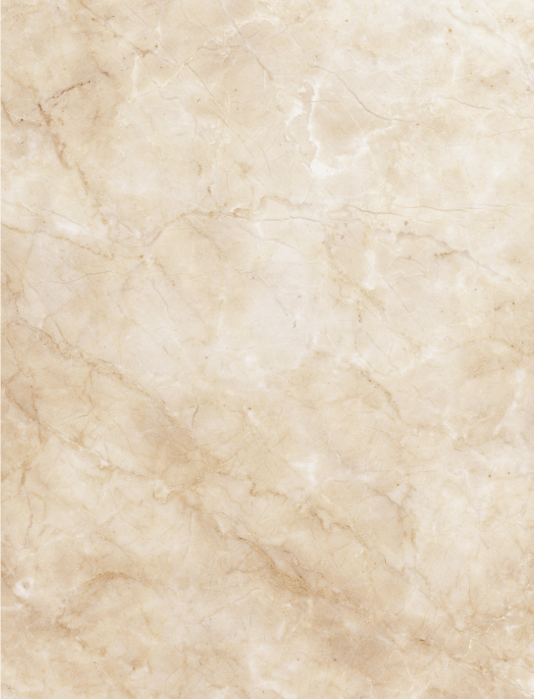The Swift Wart Therapy System is a cutting-edge technology for wart removal in Newport Beach designed to safely and effectively remove plantar warts from the bottom of the feet. We are very pleased to offer this wart removal treatment at our Rancho Santa Margarita and Newport Beach area clinic.
How Warts Develop
The virus enters the skin of the sole during barefoot activities, especially when the skin is very moist. How quickly the wart naturally resolves will depend on the age of the individual. The younger the individual, the sooner the wart will naturally regress.









